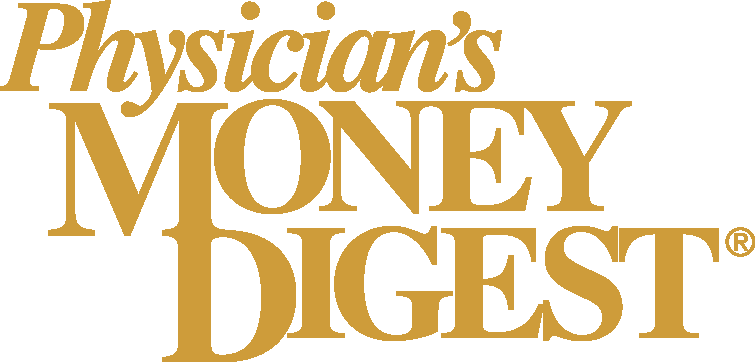Primary care: Where do you stand on the pay scale?
Ever wonder how much your primary care colleagues earn and how hard they work? Here's your chance to find out.
Cover Story
Primary Care: Where do you stand on the pay scale?
Ever wonder how much your primary care colleagues earn and how hard they work? Here's your chance to find out.
By Anne L. Finger
Senior Editor
An extra $1,000 a month. That's what you could expect if you were an internist from Chicago starting a new job in Pennsylvania. If you were an FP making the same move, though, forget that geographical bonus: You'd be more likely to give up a few hundred dollars a month.
These are just two tidbits from our in-depth study of primary care specialties. The numbers come from the Medical Economics Continuing Survey, which polls MDs and DOs in office-based private practice.
Our latest figures show that internists and ob/gyns worked longer hours in 2000 than FPs and pediatricians, yet saw significantly fewer patients. Over the past 10 years, while internists' working hours and patient visits held steady, FPs shortened their workweek by 17 percent and saw patient visits drop from 142 a week to 128.
Both specialties enjoyed rising incomes over the five-year period between 1994 and 1999, though the increase for FPs has been twice as great, at just over 6 percent. That's nowhere near pediatricians' 13 percent gain, however. Overall, ob/gyns lead the primary care pack in net income. Internists, who were the second-highest-earning primary care specialists in 1994, have now fallen behind both FPs and pediatricians.
We chose level 3 office visits as a window to fees and reimbursements over the past five years. Internists made greater gains in payments for established patients, while FPs saw bigger increases for new patients. Both specialties' fees for new patient visits rose by comparable amounts in the past five years, while internists increased their fees for established patient visits slightly more. Internists' fees for both new and established patients are higher than FPs'.
Here are other highlights of our findings:
- Internists' best bet for high income is in the East, where their median net was $133,850. Ob/gyns and pediatricians did best in the South, FPs and GPs in the Midwest.
- FPs, internists, and GPs who participated in HMOs and PPOs reported higher earnings than colleagues who didn't participate.
- Ob/gyns who kept away from HMOs reported $31,720 more net income than their peers who joined, and those who avoided PPOs reported $26,700 more. Ob/gyns' special relationship with their patients allows them to retain an independence from managed care that eludes other primary care specialists, suggests consultant David C. Scroggins of Clayton L. Scroggins Associates in Cincinnati. Women will stick with an ob/gyn regardless of which plans the doctor does or doesn't participate in, he explains.
If those who don't participate can maintain a busy practice, they receive a higher percentage of their standard fees than do their colleagues in managed care. And needing less staff for billing, they have lower overhead as well, explains Michael J. Wiley of Healthcare Management and Consulting Services in Bay Shore, NY.
Still, a greater percentage of ob/gyns (24 percent) participated in 10 or more HMOs or PPOs than did doctors in any other specialty.
- Peak earnings occur between 50 and 54 years of ageunless you're an ob/gyn. Perhaps because the late-night hustle to deliver babies takes the energy of youth, earnings are highest when ob/gyns are aged 45 to 49.
- The gender gap is smallest among ob/gyns (women earn $17,970 a year less than men) and largest among pediatricians ($27,430 less for women). This latter disparity is probably due to many women pediatricians' working fewer hours, Scroggins observes. "I think it will correct itself in eight to 10 years as the number of women pediatricians continues to increase, and those now home with their children begin working longer hours," he says. Wiley also believes hours worked, rather than gender in itself, explains the gap. "None of my clients is offering less money to women physicians," he says. "If anything, they're trying to attract women by offering them more."
Use the following tables and charts to compare yourself with other primary care physicians. For information on how the Continuing Survey was conducted, see "
Five-year net income trend: Only pediatricians beat inflation
What's happened to patient visits over the years?
Where the money is for primary care
Doctors in the South generally see more patients
Net income reaches its peak in the early 50s in most fields...
...and that means mid-careerexcept for ob/gyns
The gender gap persists
No 40-hour workweeks here
How level 3 office visit fees and payments differa five-year perspective
For most primary care doctors, only a handful of managed care contracts
How managed care involvement affects net income
Anne Finger. Primary care: Where do you stand on the pay scale?.
Medical Economics
2001;6:140.
Newsletter
Stay informed and empowered with Medical Economics enewsletter, delivering expert insights, financial strategies, practice management tips and technology trends — tailored for today’s physicians.















